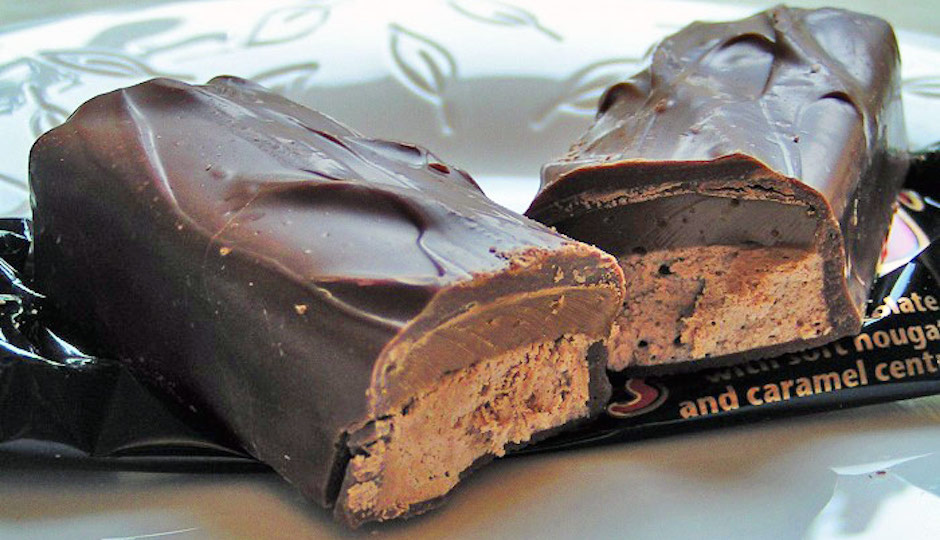Temple Profs Figured Out How to Reduce Fat in Chocolate Using Electricity

Photo by Sannse via CC BY-SA 3.0
A group of local physics professors from Temple University have come up with an innovative approach to manufacturing chocolate that reduces the fat content. Their findings, published yesterday in the Proceedings of the National Academy of Sciences, outline a new method that uses an electric field during the manufacturing process to alter the viscosity, or consistency, of the liquid chocolate.
Chocolate has a number of extraordinary health benefits, but manufactured chocolate is also incredibly high in fat (typically around 40 to 60 percent). When the fat is removed, the viscosity of the liquid chocolate is altered, and it ends up jamming up the pipes that it travels through during production. The team theorized that electrorheology (ER), the practice of using electric fields on liquids, could help alleviate this problem. By applying an electric field in the direction of the chocolate’s flow, the researchers were able to both reduce the fat and increase the density of the molecules to maintain a proper flow through the pipes. Basically, they made it able to move through the pipe with less melted fat.
The team, which was led by professor of physics Rongjia Tao, created a device to test their theories that reduced fat by 20 percent. Temple University holds the patents for the methodology, with Tao and one of the study’s co-authors, Hong Tang, listed as inventors. The group received funding from Mars Chocolate, although there’s no guarantee that they or any other company will use the findings to make healthier chocolate.
However, all of this is beside the point if the chocolate doesn’t taste good. The verdict?
“The treated chocolate has wonderful taste,” Tao said in a report from Temple. “Some people even claim the ER-treated chocolate has a slightly stronger cocoa flavor, better than the original chocolate.”


